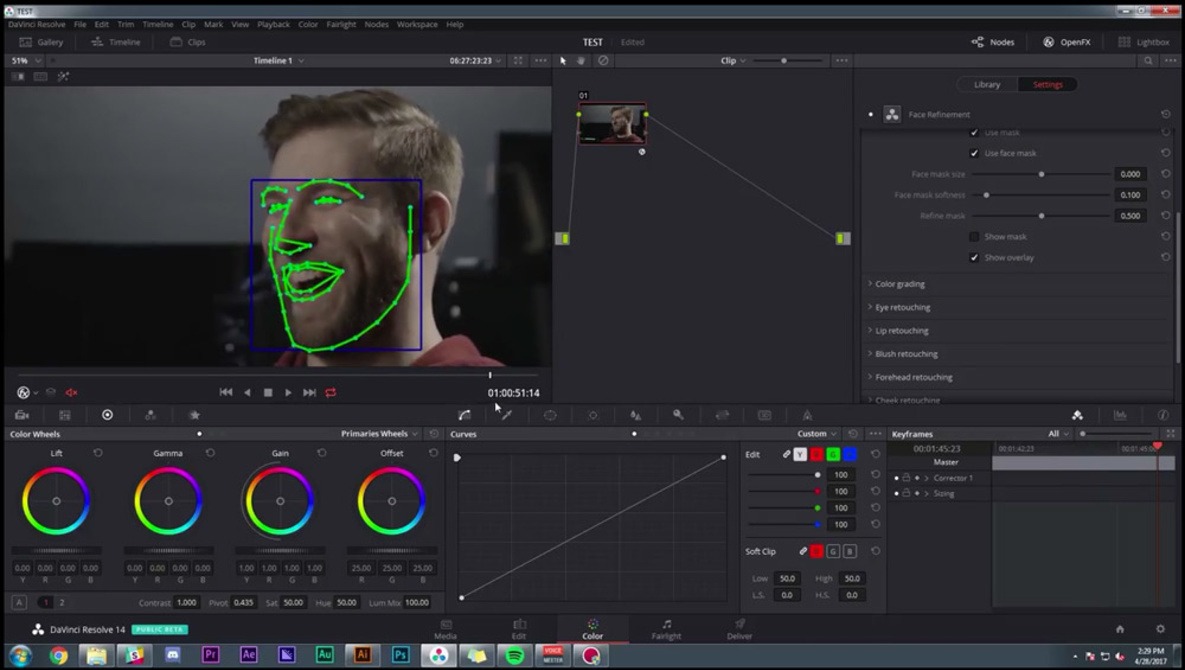
When you import your video, there will be another opportunity for you to change the frame rate.

Before importing your media, you must first confirm a few parameters once you are in a project. When you initially launch DaVinci Resolve, the Project Manager page will be displayed.

You will establish projects in a database, where all of your material will be saved, and timelines, where the real editing will take place. This means that all of your projects are kept in one place on your computer rather than storing them individually to your hard drive and keeping track of where they are. Project management in DaVinci Resolve is accomplished via a disc database. Step 1: Create a New Project & Import Media: For this tutorial, you can use whatever video you like. You can share your finished video production in a few simple steps after initially starting DaVinci Resolve.


 0 kommentar(er)
0 kommentar(er)
